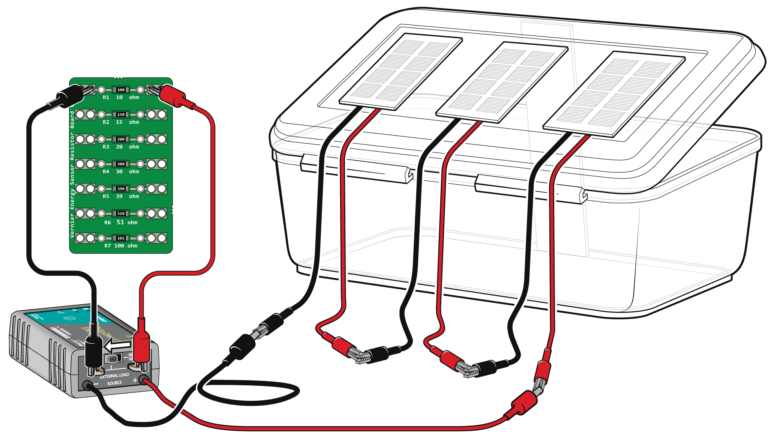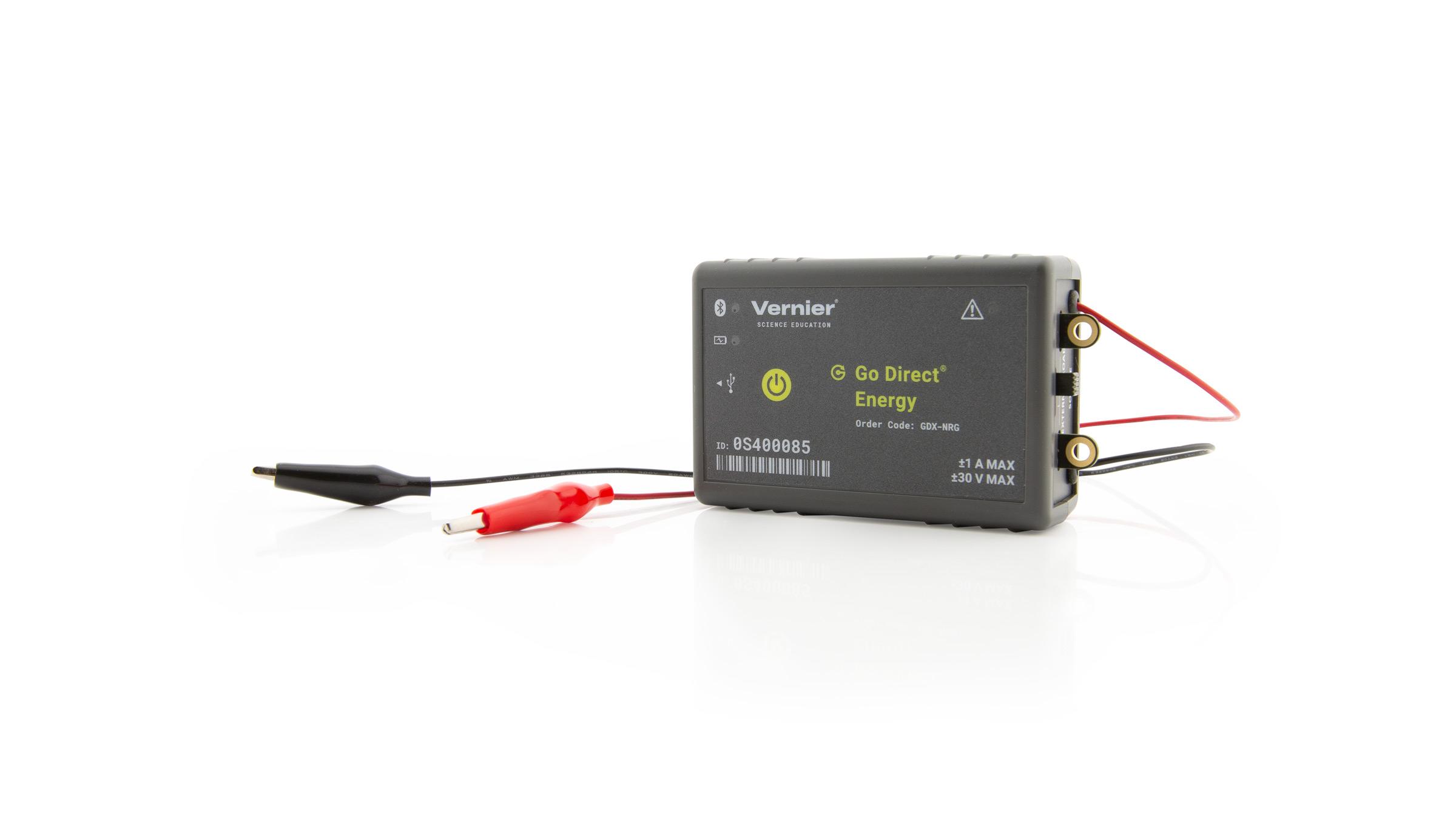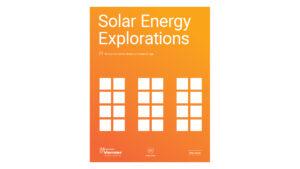Solar Panel Output: Effect of Load
Experiment #5 from Solar Energy Explorations
- Education Level
- Middle School

Introduction
Electricity is used to run many things in our daily lives, and each device that uses electricity can be considered a load. A load uses electrical energy to accomplish its task. A light bulb is an example of a load. As you have seen in previous experiments, if a small music speaker is connected to a solar panel, the electricity produced by the panel can do the work of playing music. This speaker is another example of a load.
The simplest form of a load is a resistor, which converts electrical energy into thermal energy. Resistors affect the flow of electrons in a circuit. In most cases, resistors are used to adjust the amount of energy getting to part of a device by changing a voltage or diverting a current, but in a few cases thermal energy is the desired result, as with space heaters and toasters. They are rated based on how much resistance they add to the circuit. Resistance is measured in units of ohms (Ω).
The load connected to a solar panel affects the amount of power that is produced by the panel. There is an optimum, or best, level of load that will make the panel produce the most amount of power. In this experiment, you will measure the power output for three solar panels connected in series and determine the optimal load. That is, you will determine the resistance for which the power output is greatest.
Objectives
- Measure current, potential difference (voltage), and power output of three solar panels with Go Direct Energy.
- Explore how current, potential difference (voltage), and power output vary depending on the resistance (load) in the circuit.
- Investigate the relationship between resistance and maximum power output.
Sensors and Equipment
This experiment features the following sensors and equipment. Additional equipment may be required.
Ready to Experiment?
Ask an Expert
Get answers to your questions about how to teach this experiment with our support team.
- Call toll-free: 888-837-6437
- Chat with Us
- Email support@vernier.com
Purchase the Lab Book
This experiment is #5 of Solar Energy Explorations. The experiment in the book includes student instructions as well as instructor information for set up, helpful hints, and sample graphs and data.




